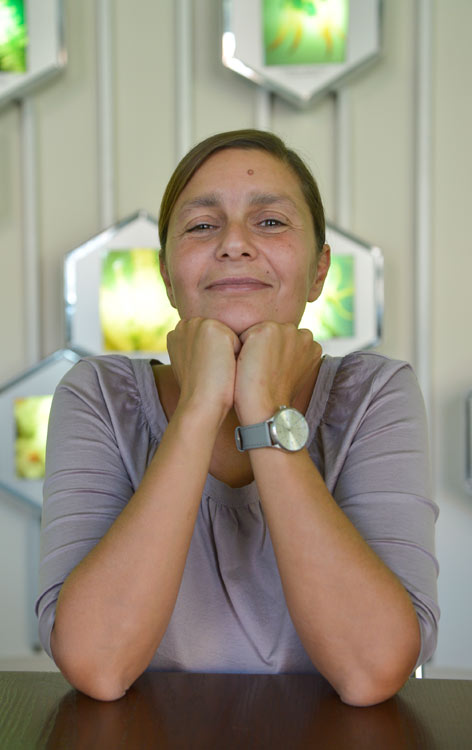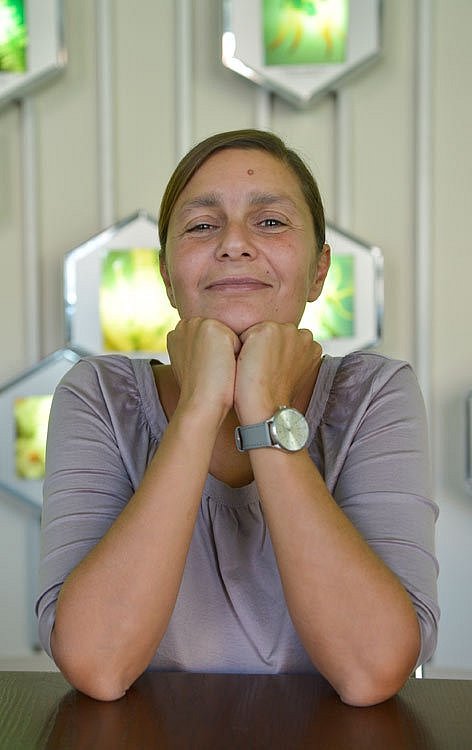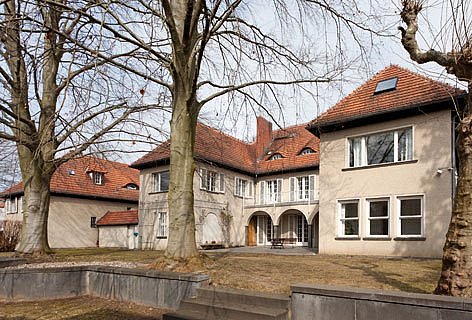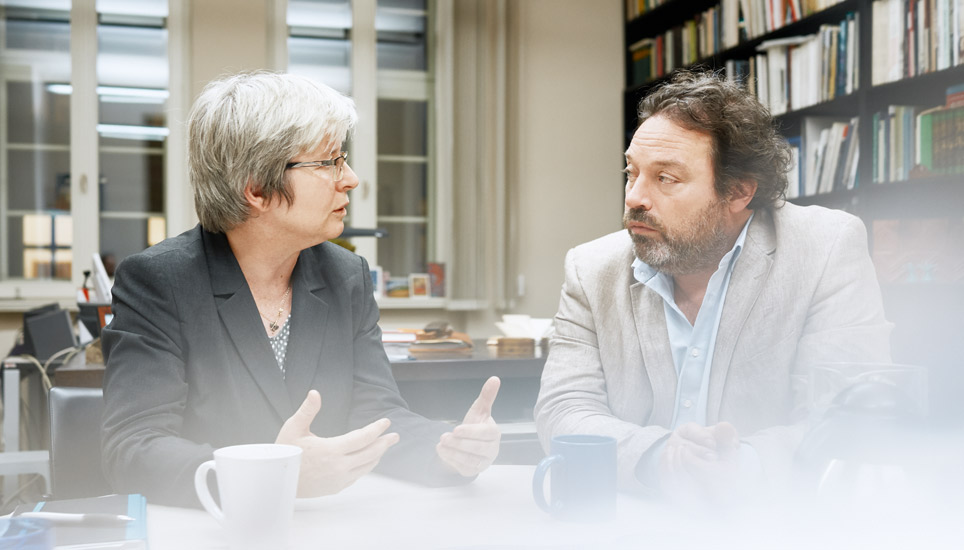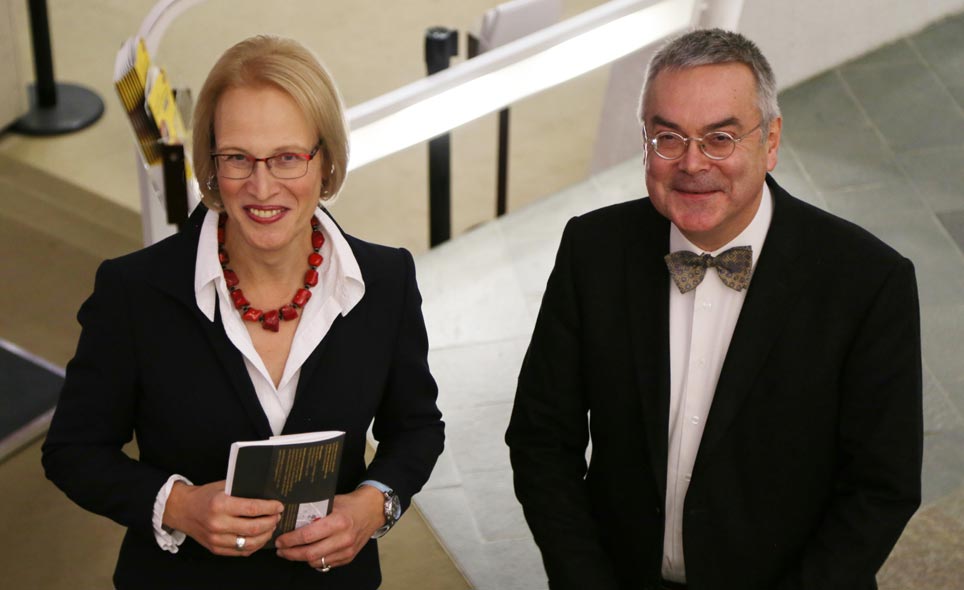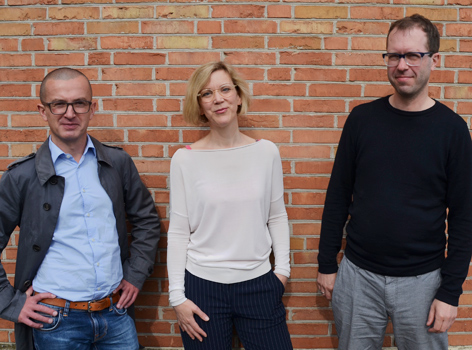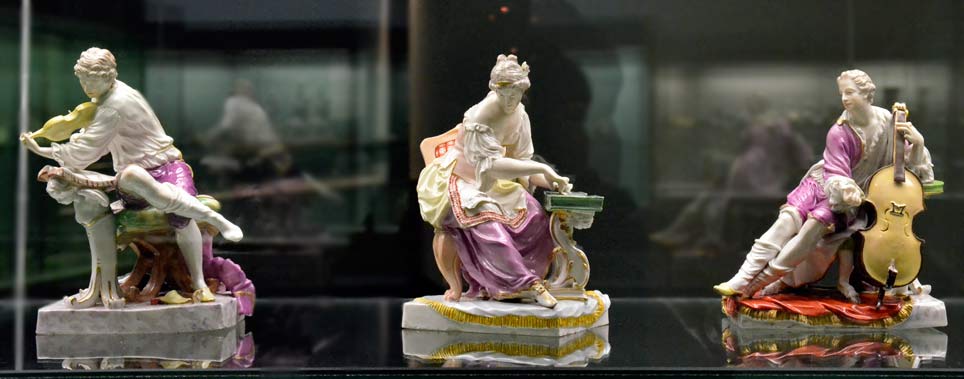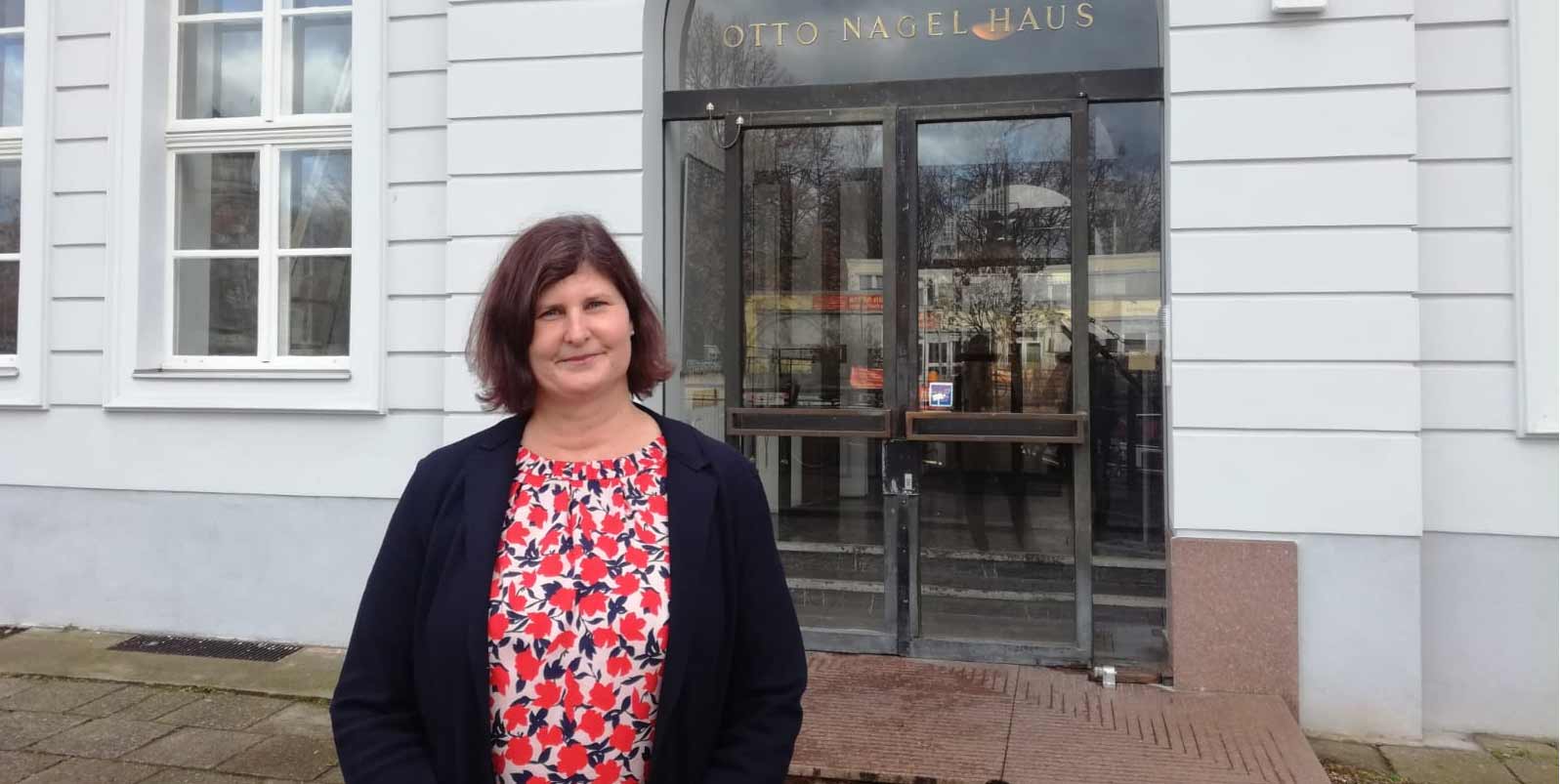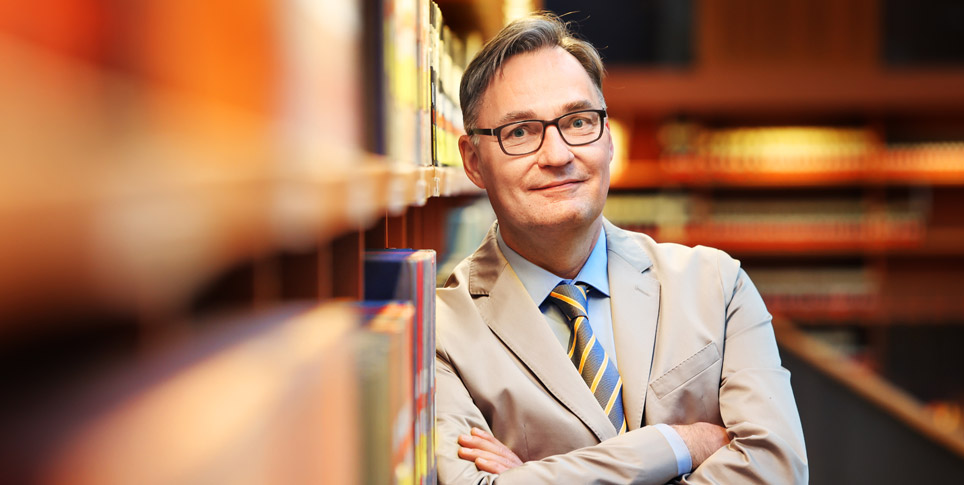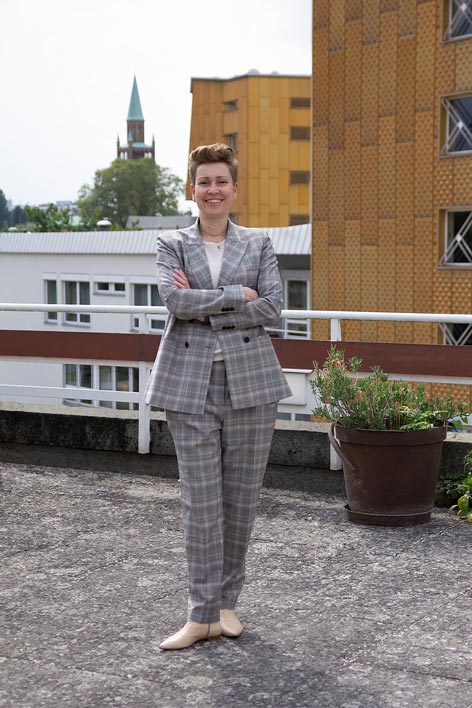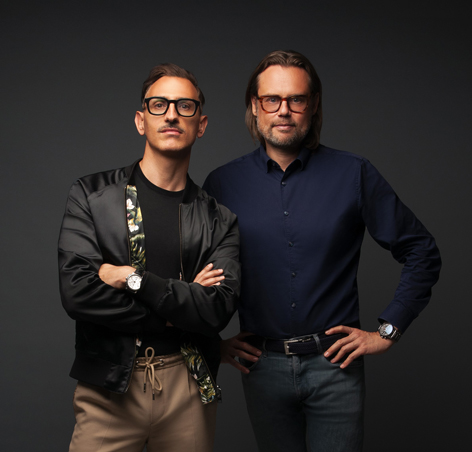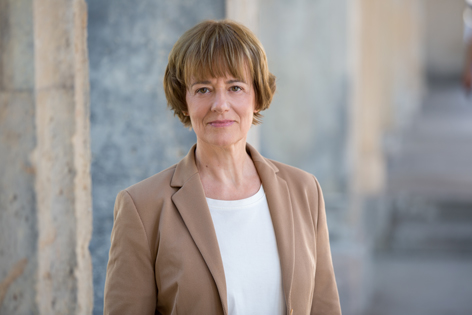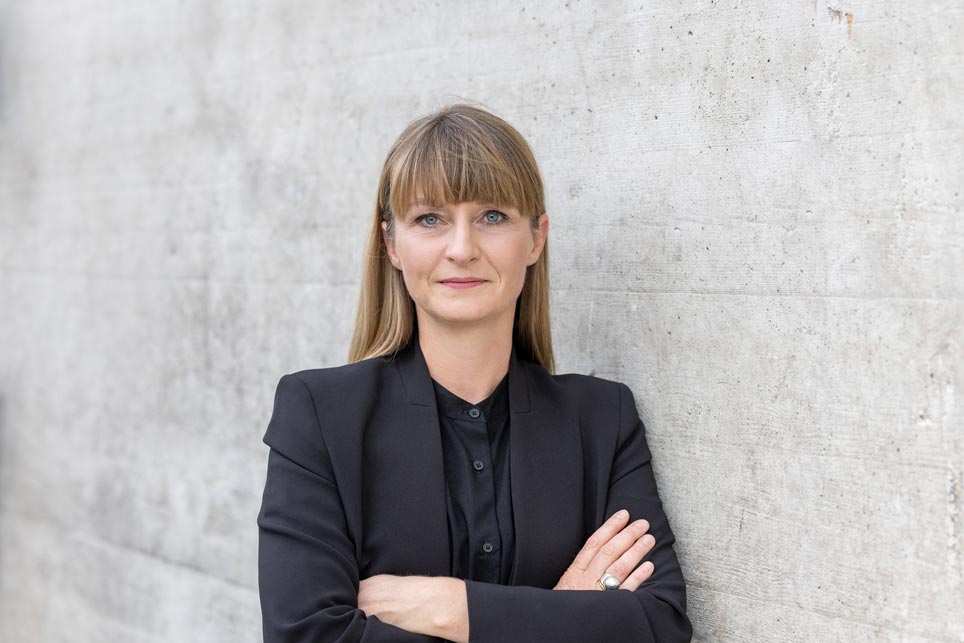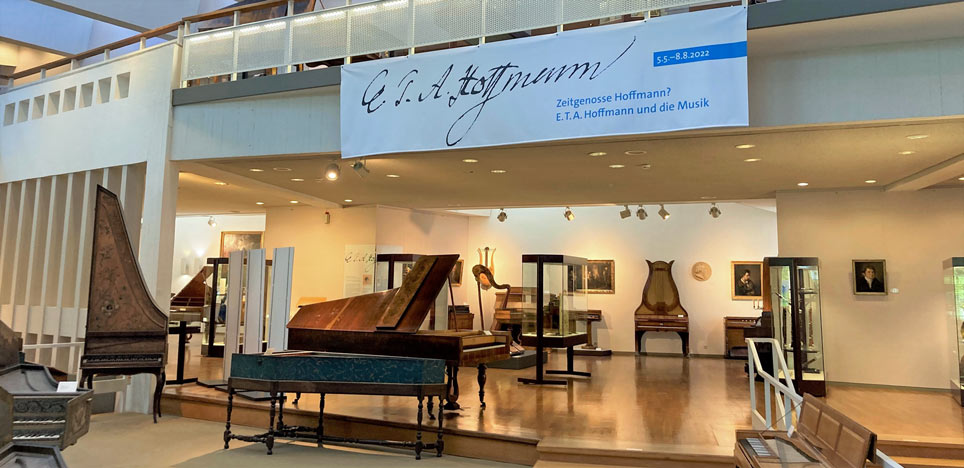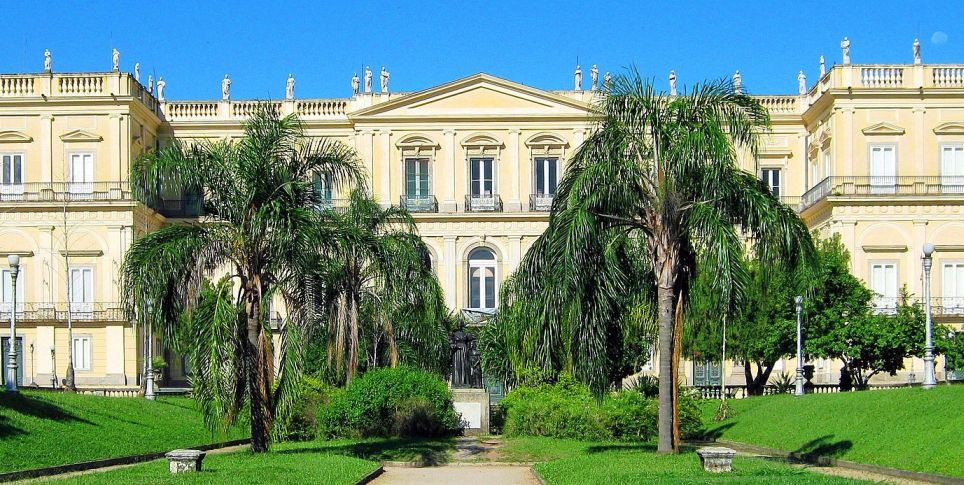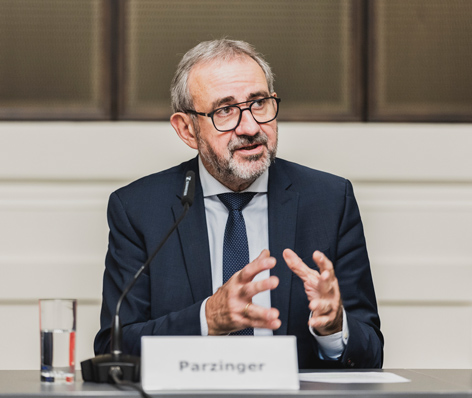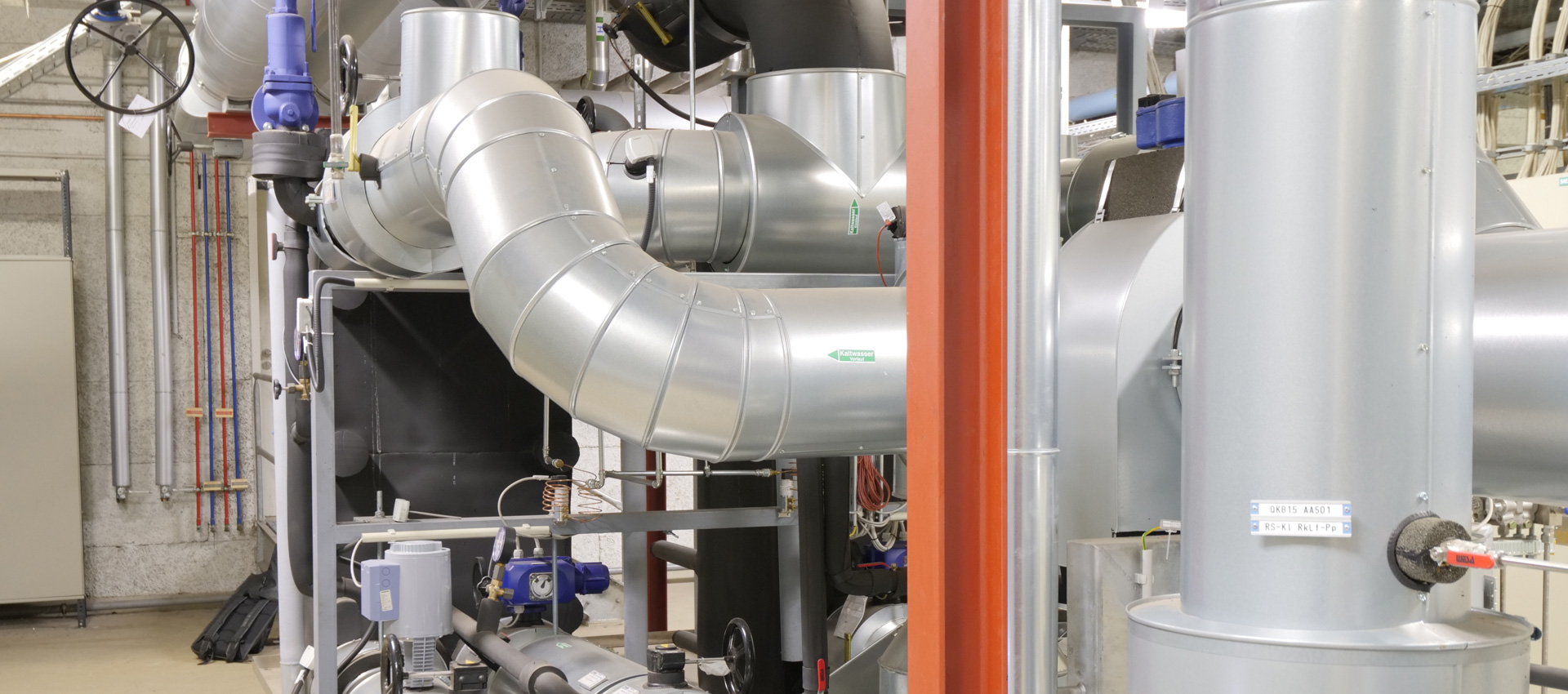There’s a lot going on at the Institut für Museumsforschung (IfM)! First it got a new director, Patricia Rahemipour, then it celebrated its fortieth birthday, and in the meantime it has also started a Twitter channel. The institute in the south-west of Berlin is an integral part of today’s museum landscape, not least because its annual publication of museum statistics. We interviewed Patricia Rahemipour about this and other aspects of the IfM’s work, future plans for the institute, and what is happening right now on the research campus in Dahlem.
The Institut für Museumsforschung (Institute for Museum Research) has recently turned forty: a suitable occasion for a short summary. What distinguishes the Institut für Museumsforschung today?
Patricia Rahemipour: When you talk about the Institut für Museumsforschung and its fortieth birthday, you have to look back briefly to its beginnings. Where does it actually come from? And how did it become what it is today? I think it’s nice that the idea for it came from a few people sitting at a kitchen table who had a great depth of knowledge of the museum business and were convinced of the need for an institute that would look at the museum system from an overall perspective and which would deliberately not be established in a university, but as an institution that would operate nationwide. The Institut für Museumsforschung was founded in 1979 on a very small scale and became part of the Stiftung Preussischer Kulturbesitz (Prussian Cultural Heritage Foundation). The mission of the IfM can be summarized, in my view, in the phrase: “We do research with museums.” We act as a catalyst for research, in relation to object and collection research in museums. We have a very long history there to draw on and so we have the opportunity to develop research topics whose answers will be important for the museum world. Where research is possible, we see to it that we talk to the experts and provide the stimulus for transdisciplinary research projects. Besides that, we also issue the museum statistics, for which we have been collecting data on museums in Germany with considerable continuity since 1981. This means that people don’t have to rely on gut feeling, but rather have valid data to refer to. We find out what really affects museums and thereby create a starting point for research. Forty years on, this continues to be a part of the IfM’s profile.
Ms. Rahemipour, you have been the director of the IfM since September 2019. What were the first months like for you?
Rahemipour: Well, the first few months are always exciting. And always a bit overwhelming. Anyone who claims that this is not the case is lying, I would suggest. For a large part of the time, you are busy writing down names, project titles and schedules and putting them in some kind of order. It is exciting to learn what a broad scope of influence the institute has. Parts of that were clear to me already from the insider’s view, as a user, but now I can see the entire spectrum. Furthermore, I have seldom encountered an institute with such wonderful staff and associates, who put their hearts into their work and welcome you with open arms. And not only for me, it’s the same for everyone who comes into the building – this is an incredibly hospitable place with incredibly attentive people! I am also pleased that we are getting some progress on many issues. For example, we have initiated interesting research projects with colleagues within the Staatliche Museen zu Berlin (National Museums in Berlin). These are clearly defined projects that not only feed back into the museum landscape, but also into the SPK – something that is important to me. The composition of the Foundation means that it offers huge potential for working with the world’s best collections under one roof. I think we could all make even better use of this potential – even if most of them already use it very well.
What are the plans for the future of the IfM? What will the next forty years be like?
Rahemipour: I haven’t yet had a look at the next forty years. I hope I’ll be able to retire earlier than that. (laughs) Joking aside, you do have to get some long-term plans in place. For that, I think it’s essential that that you don’t rush it and that you all do it together. I will not impose anything here from above. We are doing a series of workshops with the staff here and the new deputy director Kathrin Grotz, asking ourselves questions such as: Where does the institute stand now? What makes it what it is? We are also trying to get away from the internal perspective, to step outside and ask: What do people outside the IfM expect from us? Can we fulfill these expectations? If not, what missing pieces need to be added so that we can fulfill them in the future? We then want to bring all that together and form an institute that is reflected in the motto: “We do research with museums” and which also has an innovative character and sets trends. That said, I certainly won’t turn my back on all that has been achieved so far and toss it overboard. Digitization, long-term archiving, developing thesauri for the museum landscape, the museum statistics that I mentioned earlier and, of course, research topics related to historical museum research – these are areas of work in which we are already active, but I think that they would benefit from some tweaking to make our work even more effective. What will the IfM do in the next forty years? I would say that the IfM will continue to do research with museums – and that we will publish the details as soon as we have finished our series of workshops.
To mark its fortieth birthday, the IfM has now launched its own Twitter channel. What can the Twittersphere look forward to?
Rahemipour: When I took over the IfM, I was frequently asked: “Institut für Museumsforschung? What do you actually do?” People had very little idea of what we do and what a wealth of expertise we possess. The Twittersphere can look forward to being taken along with us to the different places where we do our work. What is it actually like, for example, when we advise the German Research Foundation together with other representatives? When we assist funding programs or research at museums, or when the advisory departments of the federal states have their meetings? The IfM has special expertise in these areas and is always available to provide advice. And yet nobody ever hears about it all. The same applies to events that we hold on our premises and to projects that we undertake here.
To mark its fortieth birthday, the IfM has now launched its own Twitter channel. What can the Twittersphere look forward to?
Rahemipour: When I took over the IfM, I was frequently asked: “Institut für Museumsforschung? What do you actually do?” People had very little idea of what we do and what a wealth of expertise we possess. The Twittersphere can look forward to being taken along with us to the different places where we do our work. What is it actually like, for example, when we advise the German Research Foundation together with other representatives? When we assist funding programs or research at museums, or when the advisory departments of the federal states have their meetings? The IfM has special expertise in these areas and is always available to provide advice. And yet nobody ever hears about it all. The same applies to events that we hold on our premises and to projects that we undertake here.
As part of the development of the Dahlem research campus, we also want to get more involved in the subject of formats. For example, formats that promote science itself or that focus on the topic of “science communication.” How can we develop and establish formats that are important for museums, as well as for users in their daily work? Such formats don’t work unless you can make them visible or involve the public and society. You have to invite people to look and comment – and one of the possible channels, in our view, could be Twitter.
Keyword Dahlem: A lot is changing there, not only in your institution, but also in your neighborhood. Alexis von Poser is also there, the spokesperson for the steering group of the research campus that is to be established in Dahlem. What will happen on the research campus and what does that mean for the IfM?
Rahemipour: There is a steering group representing the institutions and bodies that will be involved in the Dahlem research campus. In addition to the IfM, the current members are: Rathgen-Forschungslabor (Rathgen Research Laboratory), Museum Europäischer Kulturen (Museum of European Cultures), Kunstbibliothek (Art Library), Ibero-Amerikanisches Institut (Ibero-American Institute), Ethnologisches Museum (Ethnological Museum), Museum für Asiatische Kunst (Asian Art Museum). This steering group will begin by considering questions such as: What do we want the research campus to be? What can it be? What should it be equipped with? The discussions aren’t about governance structures, but about content. We want to find out the common denominator for us all and how best to implement it. We don’t want to wait until the research campus is built and ready for use before thinking about what to put in it. So we have already started envisaging it, developing scenarios for using it and examining what hasn’t worked all that well so far. How can we improve certain formats that have been tried out, but which we have noticed are not effective enough? How can they be done better the second time around? I believe that this is also an opportunity for the IfM to develop a location. As I have said from the start, when I took over as the new director: the IfM needs a location! We have to anchor it in a location where we can establish formats and suchlike, and I think that the research campus is a very suitable place for that.
